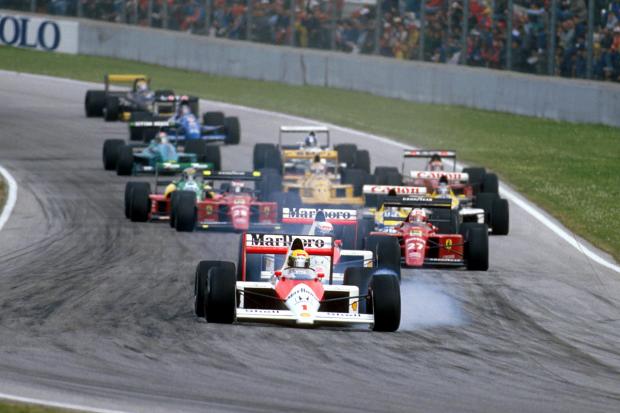
Silverstone has never been the most charismatic of places, but I retain a certain affection for it following my visits to the British Grand Prix in the days before attendance required a second mortgage. Each summer from 1988-'91, Dad and I made the trip across the Cotswolds – up to Cirencester, then Bibury, Burford, Deddington and Aynho – to watch practice.
In 1989, we sat in the queue on Friday night while Bruce Springsteen’s Born In The USA played on the tape deck in Dad’s Citroën Visa GTi. Once in, we met friends who had been spectating earlier in the day and raved about the speed of the gearchange on the semi-automatic Ferrari.
The following year, we watched Nigel Mansell’s phenomenal pole lap from the inside of Stowe – this being the old ‘perimeter road’ layout, of course – and I will never forget how much faster he looked through the 180mph right-hander than everyone else.

I drove past Silverstone only the other day, and with exquisite timing Springsteen came on the radio. My thoughts turned not only to Mansell, but also to Ayrton Senna – my boyhood hero.



